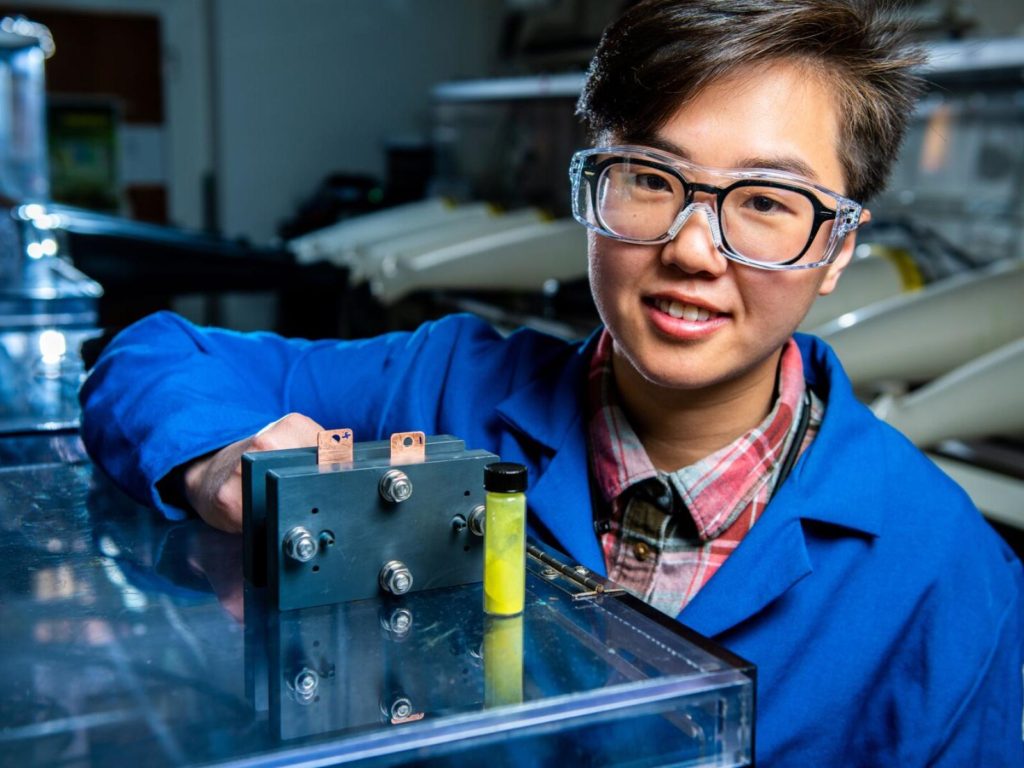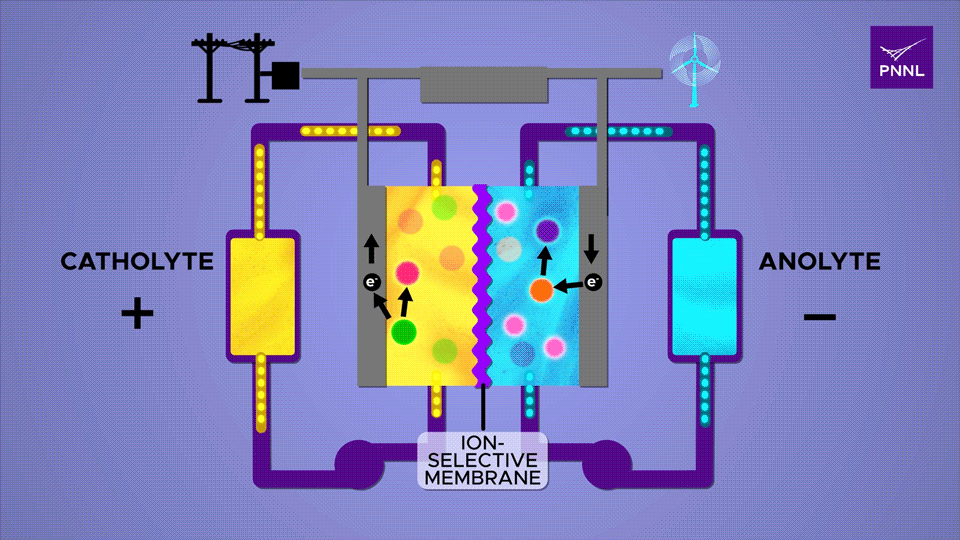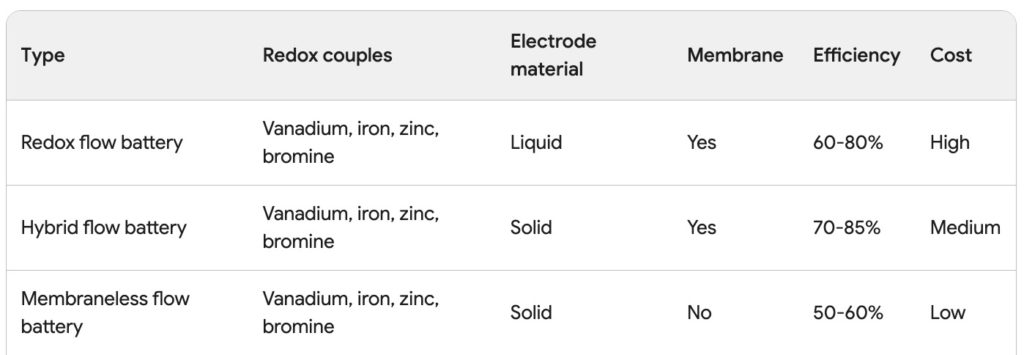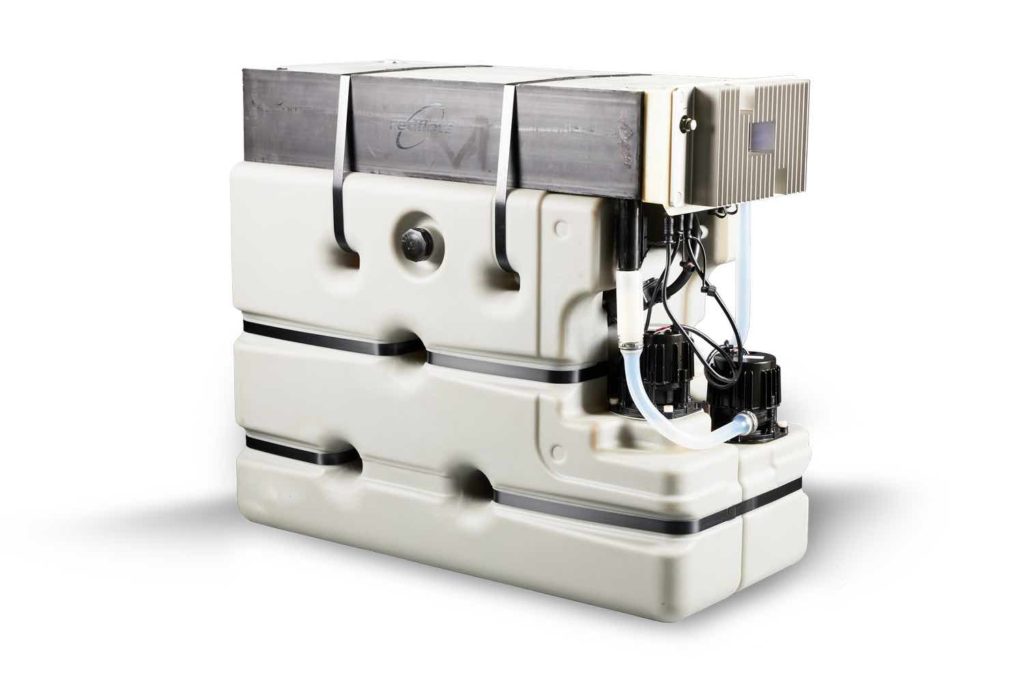Cover photo: Flow Battery Forum
Scientists at The Pacific Northwest National Laboratory have made a ground-breaking discovery in the energy sector. By adding a simple sugar to a flow battery, they have increased the battery’s energy storage and durability.
The new Flow Battery technology design, engineered for the electrical grid, has shown its capacity to store and release energy continuously for over a year.
This next-generation flow battery could give rise to future low-cost, sustainable systems that could keep solar and wind power for weeks and even months.

Today’s Focus of Attention is reader-supported. We sometimes include products we think are useful for our readers. If you buy through links on this page, we may earn a small commission.
Experiment Insights
In the scientific publication Joule, researchers described how a simple sugar called β-cyclodextrin, a starch derivative, enhanced the flow battery’s performance and longevity by an impressive 60%.
After optimising the ratio of chemicals, scientists cycled the battery over and over for more than a year with a minimal loss of capacity. The experiment stopped when the structure’s plastic tubing failed.
In the trial run, β-cyclodextrin proved to speed up the electrochemical reaction that stores and then releases the flow of energy. This ‘simple sugar’ works dissolved in a solution rather than as a solid applied to a surface.
“We showed that you can use a totally different type of catalyst designed to accelerate the energy conversion. And further, because it is dissolved in the liquid electrolyte, it eliminates the possibility of a solid dislodging and fouling the system,” said Wei Wang, the lead investigator of the study.
“This is a brand new approach to developing flow battery electrolyte.”
Future Actions for The Pacific Northwest National Laboratory
To improve their flow battery, the lab needs to find better plastics that can endure the flow of the chemicals as well as refine the formula to optimise its performance.
The research team is also on the lookout for a molecule akin to β-cyclodextrin but smaller. The next challenge is to scale up their system.
From Mines to Labs
While there are several flow batteries available on the market, they often rely on mined minerals such as vanadium, an expensive and hard-to-source mineral. So, PNNL is exploring other technologies using common, stable, and non-toxic elements, like sugar.
Sugars can be synthesised in a lab; hence, they are a renewable alternative to the components used in current flow batteries.
Imre Gyuk, director of energy storage research at the US Department of Energy, said, “We cannot always dig the Earth for new materials. We need to develop a sustainable approach with chemicals that we can synthesise in large amounts, just like in the pharmaceutical and food industries.”
What is a Flow Battery?

A flow battery is an electrochemical cell that gets its energy from two electroactive materials. These materials are dissolved in liquid electrolytes and pumped from tanks through a system on either side of a membrane.
The membrane between them serves as the path for ion movement. The positive electrolyte solution is called catholyte, and the negative one, anolyte.
Types of Flow Batteries

Redox
It uses a liquid-phase reduction-oxidation reaction when the liquid electrolyte flows through the electrodes.
The used electrolyte is recharged by pumping it back through the electrode to the tanks.
Hybrid
It combines the features of a redox and a conventional battery.
Its main characteristic is the use of a solid electrode material, such as carbon, that is immersed in an electrolyte solution. The fluid has a redox couple that can be oxidised or reduced.
Membraneless
These batteries are designed without any membrane separating the two electrodes. Rather, they are divided by a porous separator that allows ions to pass through.

Pros and Cons of Flow Batteries
Flow Battery Advantages
- Cheaper than lithium-ion batteries
- Their lifespan goes around 20–30 years with an unlimited number of cycles
- Resistant to deep and low self discharge
- Fast reactivity
- The electrolyte is not flammable or explosive
- To boost their power, just increase the size of the tanks—more liquid, more capacity
Flow Battery Disadvantages
- Lower energy density compared with lithium-ion batteries
- Lower permissible operating temperatures, minimising the range of applications
- Price fluctuations because of vanadium
- Undesired transition of the electrolytes through the membrane (crossover)
Flow Battery Systems Worldwide
In 2017, the German company EWE Gasspeicher started building a facility in underground salt caves in Jemgum, northwestern Germany. This 120 MW project will be commissioned in 2023.
In October 2022, the Chinese city of Dalian switched to a flow battery energy storage system with a capacity of 400 MW and an output of 100 megawatts.
This system, the largest in the world, provides power to around 200,000 residents and businesses.
The most recent is the 20 megawatt storage structure in California, where its energy commission has chosen the Australian company RedFlow to start the project.
RedFlow has been working on flow batteries for over a decade, and this contract will position it on the radar as a big player in the sector.
Flow Battery Companies
RedFlow – Australia
Zinc-Bromine Flow Batteries for grid storage
ESS Inc – US
Iron Flow Batteries
Vanadium Corp – Canada
Vanadium Redox and Vanadium Electrolyte
Invinity Energy Systems – UK
Vanadium Redox Flow Batteries
Volt Storage – Germany
Residential Vanadium Redox Flow Batteries
Sumitomo Electric Industries – Japan
Vanadium Redox Flow Batteries
While lithium-ions are the standard for most applications, flow batteries are becoming one of the best solutions in progress for future energy storage systems using renewables.
The Pacific Northwest National Laboratory’s innovative research promises to transform flow batteries into a more affordable and sustainable alternative to lithium-ion, demonstrating the potential of new technologies to bring about greener answers.
Flow batteries haven’t gone mainstream yet, but their market acceptance is on the rise.


